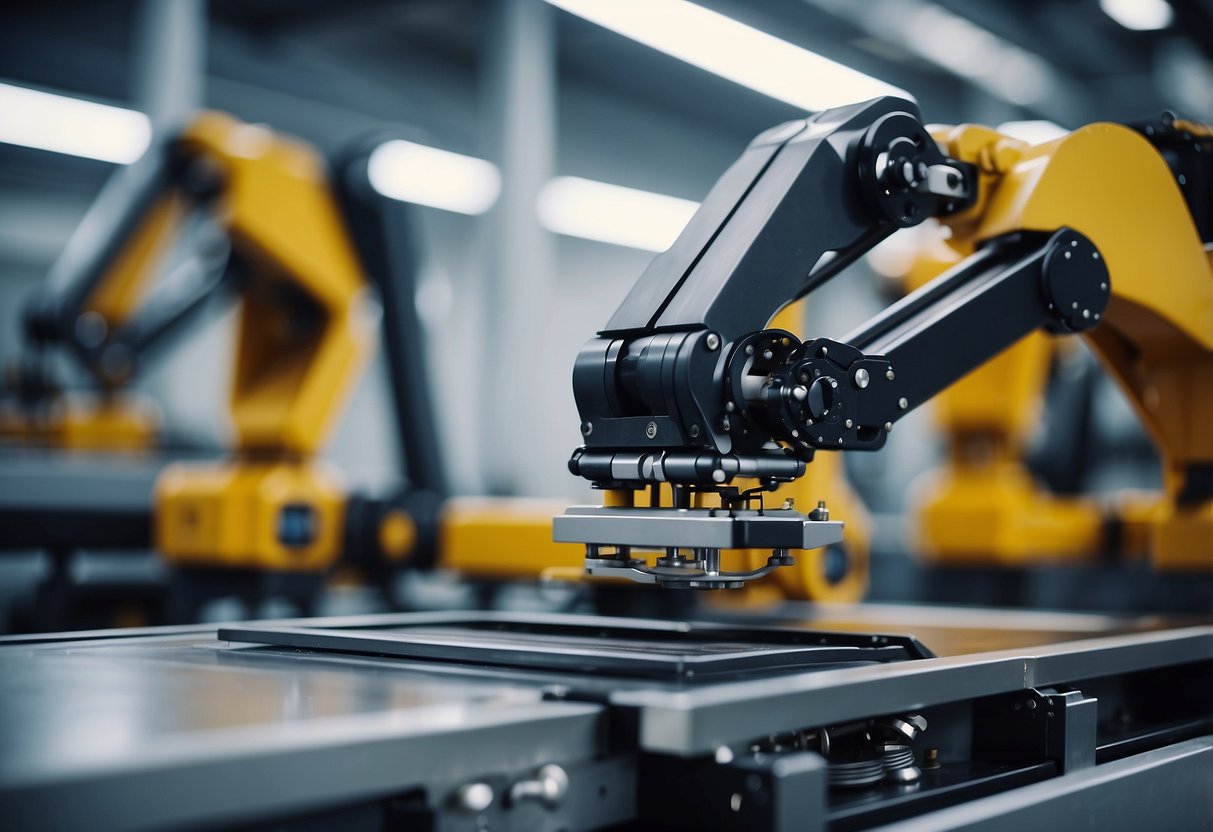
Challenges and Limitations of 3D Printing for Cars
3D printing has brought significant advancements to car manufacturing, but it faces various challenges. These include issues related to large-scale production, technological hurdles, and strict regulatory and safety standards.
Scale of Production
One major limitation is the difficulty of scaling up production. While 3D printing is well-suited for creating prototypes and custom parts, it is not as efficient for mass production. Traditional manufacturing methods like injection molding and stamping can produce thousands of parts in the time it takes 3D printers to produce a handful. This speed difference makes it challenging for 3D printing to be used for high-volume production, especially in a competitive industry where time and cost are critical.
Technological Barriers
Technological barriers still exist in the realm of 3D printing for automotive manufacturing. Issues such as material limitations are significant; not all materials used in traditional manufacturing can be 3D printed. Additionally, the current capabilities of 3D printers may not meet the rigorous quality standards required for automotive parts. Problems like layer adhesion, surface finish, and mechanical strength can be problematic, making these parts less reliable compared to those produced by conventional methods.
Regulatory and Safety Considerations
Regulatory and safety considerations also present challenges. Automotive parts must meet stringent safety standards and regulations before they can be used in vehicles. This means that 3D-printed parts need to undergo rigorous testing and validation to ensure they are as safe and reliable as traditionally manufactured parts. Achieving certification can be a lengthy and costly process, hindering widespread adoption. Additionally, variations in 3D printing processes and materials add another layer of complexity to regulatory compliance.
Future Trends in 3D Printing for Automotive Industry
Developments in 3D printing are poised to significantly impact the automotive industry, with advancements in printing technology enhancing manufacturing efficiency and the technology’s expansion into autonomous and electric vehicles.
Advancements in Printing Technology
Recent innovations in 3D printing are enabling faster production times with greater precision. High-speed 3D printers can now produce car parts more quickly, reducing lead times. Additionally, multi-material printers are gaining traction, allowing automotive manufacturers to print components using a combination of materials that enhance functionality and durability.
Emerging 3D printing technologies are also improving the ability to print larger parts, which can streamline assembly processes. The integration of AI in 3D printing processes optimizes designs and predicts potential failures before they occur, leading to higher quality outputs. These technological advancements collectively drive efficiency and cost savings in car manufacturing.
Expansion to Autonomous and Electric Vehicles
3D printing is playing an integral role in the development of autonomous and electric vehicles. For autonomous cars, lightweight sensors and complex electronic housings can be printed, which are essential for efficient operation. The ability to create intricate designs through 3D printing also supports the sophisticated needs of autonomous vehicle systems.
In the electric vehicle sector, 3D printing facilitates the production of lightweight battery components, which improves energy efficiency. The technology also aids in rapid prototyping, allowing for quicker development cycles and innovation in electric vehicle designs. This adaptability enables manufacturers to better meet the growing demand for sustainable transportation solutions.
Impact on Automotive Workforce and Skill Requirements
3D printing is transforming the skill requirements for the automotive workforce. Traditional manufacturing roles are evolving due to the introduction of new technologies. Workers now need to become proficient in operating and maintaining advanced 3D printers.
The demand for specialized skills in digital design, computer-aided design (CAD), and additive manufacturing is increasing. Employees must adapt to new software tools used for creating and optimizing 3D models. This shift necessitates ongoing education and training.
Automation and robotics are becoming more prevalent. As a result, there is a growing need for technicians who can program and repair these machines. The ability to troubleshoot and solve technical issues swiftly is an essential skill.
Traditional assembly line roles are decreasing. However, new opportunities are emerging in areas such as quality control, where workers must inspect 3D-printed parts for precision and adherence to specifications. This requires a keen eye and attention to detail.
Collaboration between engineers and production staff is crucial. This teamwork ensures the seamless integration of 3D printing technologies within the manufacturing process. Communication skills are paramount to facilitate this collaboration.
As industries embrace 3D printing, the workforce must become more versatile. Employees need to be agile and open to continuous learning. This adaptability helps them keep pace with technological advancements and maintain their relevance in the evolving job market.



